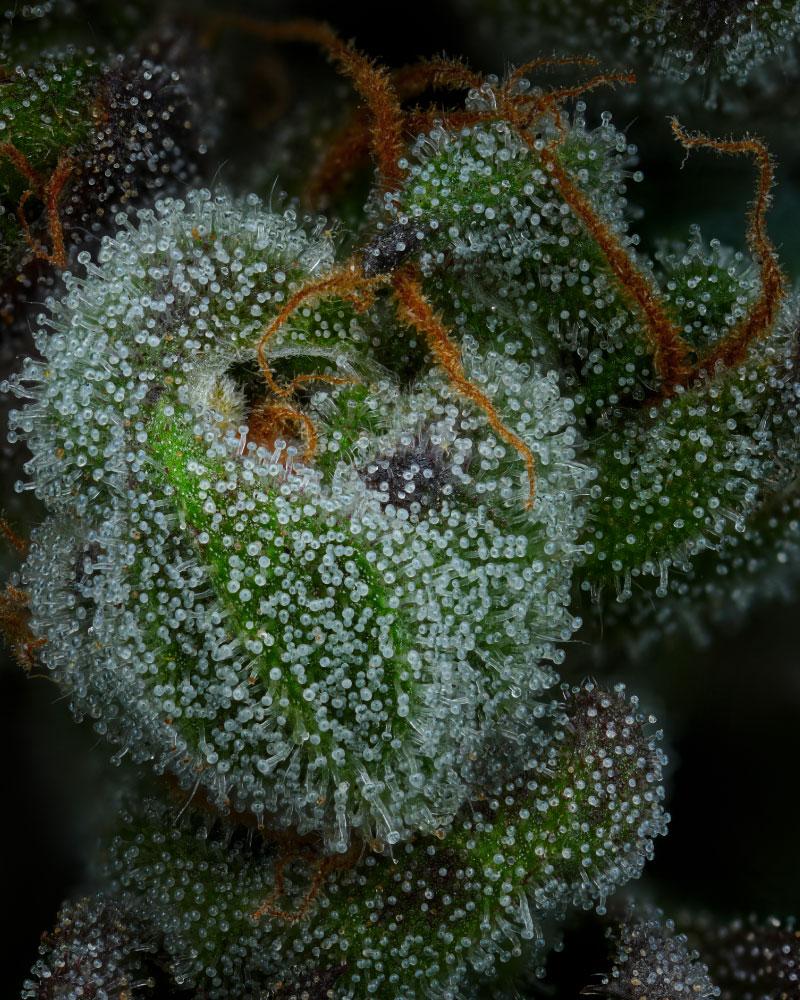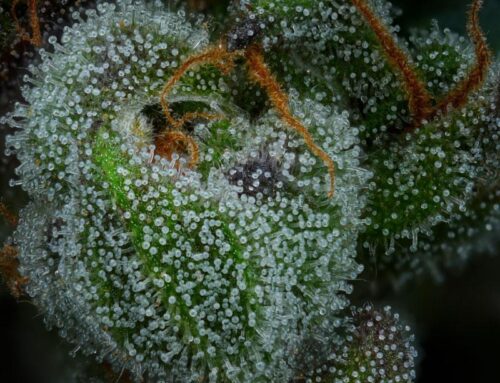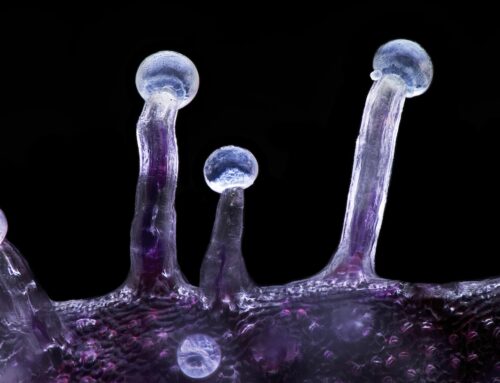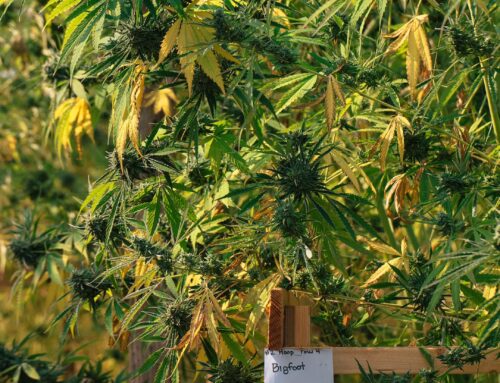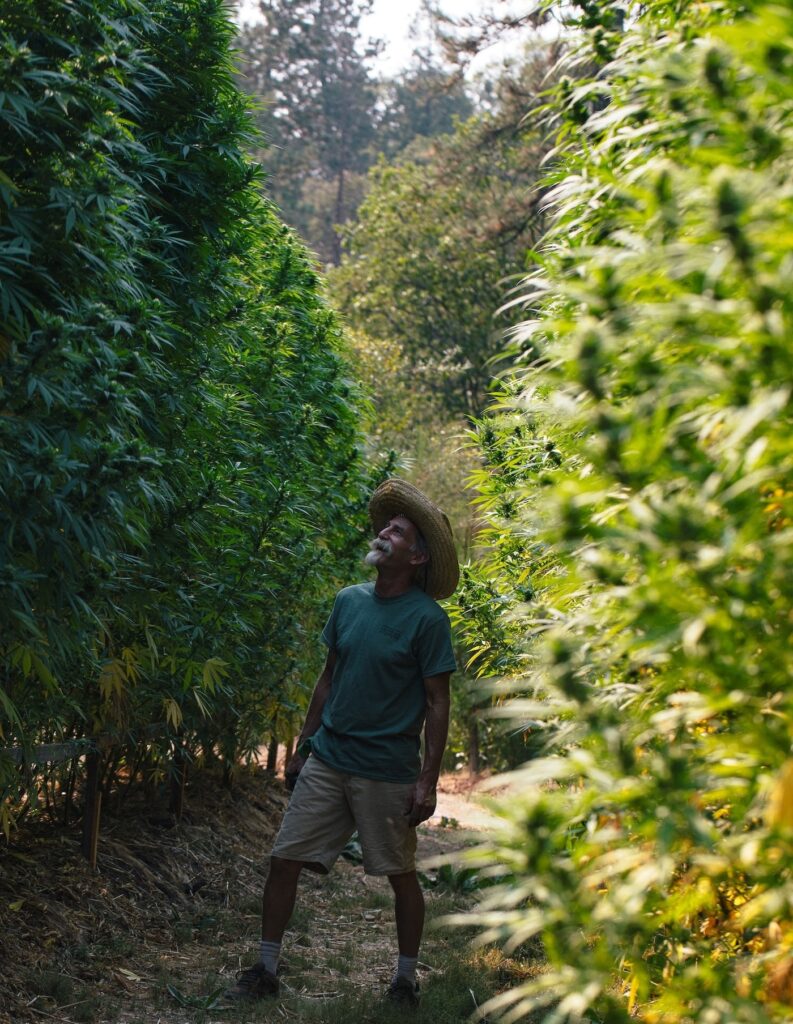
How to Grow Bigger Buds
Imagine growing monster cannabis plants that tower over ten feet tall, yielding over three pounds of dense buds. Well, now that dream can be a reality. This is your go-to resource for transforming your garden into a powerhouse of high-quality productivity for big weed plants.
Whether you’re a beginner or an experienced grower, this guide provides expert tips, innovative techniques, and essential knowledge to help you cultivate larger, more robust buds. Let’s unlock the full potential of your weed plants today.
4 Key Influencers for Growing Big Weed Plants
When it comes to cultivating cannabis, success hinges on your experience and on creating the perfect environment for your plants to thrive throughout their life stages. Envision nurturing a lush garden, where every weed leaf is vibrant, and every bud flourishes under ideal conditions. The secrets to achieving higher cannabis yields lie in understanding the factors that contribute to growth and development.
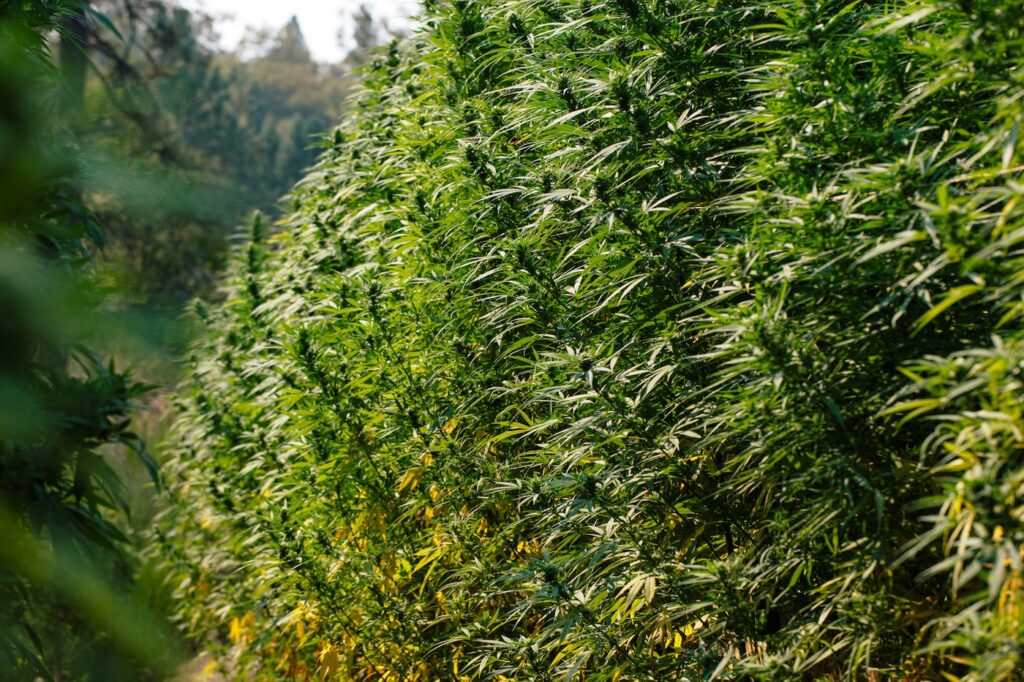
Here are four main aspects that significantly influence the plant’s yield.
1. Light
Light has a significant influence on outdoor agricultural yields through its important role in photosynthesis, which is essential for plant growth. The intensity and quality of sunlight affect growth rates, while photoperiod influences flowering, ultimately determining the quality and quantity of harvest. Seasonal variations in light availability also influence the crop cycle, while local climate factors can create yield variability from one season to the next.
People growing indoors must ensure their lighting is dialed in. For the flowering stage of cannabis, it is advisable to install full-spectrum LED lights with a light intensity between 600 and 1000 µmol/m²/s to optimize photosynthesis and promote robust bud development. Make sure the lights are positioned 12 to 36 inches above the canopy to prevent light stress, while maintaining an ideal photoperiod of 12 hours of light followed by 12 hours of darkness, to support healthy growth and maximize your harvest.
2. Medium
Soil quality plays a significant role in growing big weed plants. Healthy soil promotes root development, enhanced nutrient uptake, and terpene profiles. While many indoor growers prefer using a light soil mix, rockwool or coco coir can also enhance yields. Rockwool supports a healthy root zone by maintaining optimal moisture levels, while coco coir can be easily amended, making both mediums an excellent choice for indoor growing.
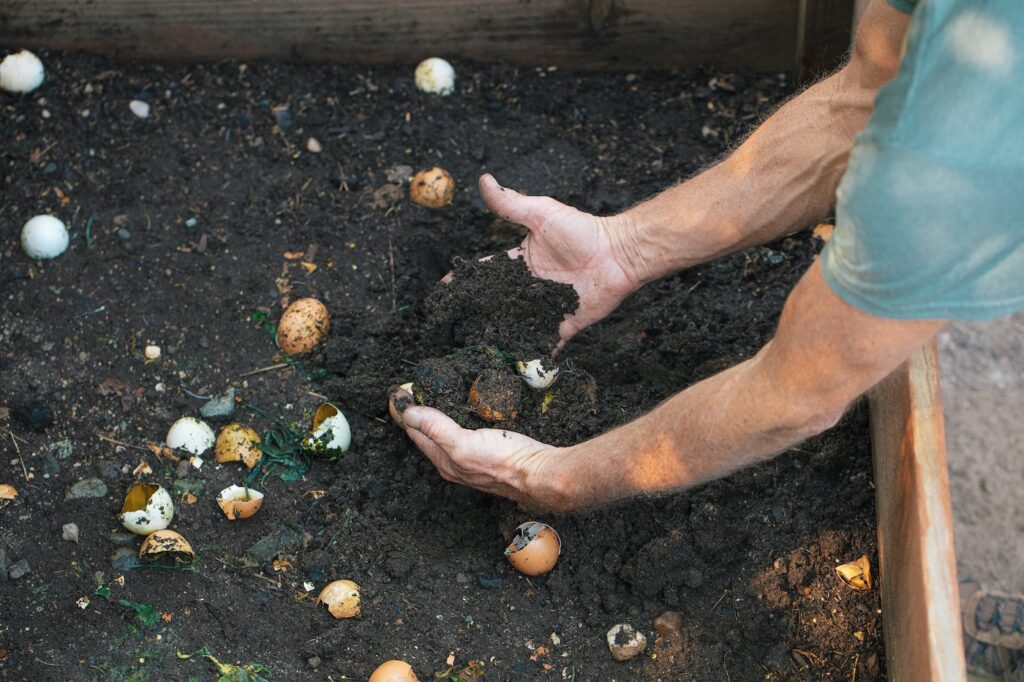
For outdoor growers seeking to enhance soil structure, start by amending your soil with a combination of compost and peat moss. This blend significantly improves aeration, creating a healthy root environment. To enrich soil fertility, utilize organic fertilizers like bone meal, which provides phosphorus, fish powder effectively delivers nitrogen, and kelp contributes potassium. Finally, add a layer of mulch to retain moisture and effectively suppress weeds.
3. Nutrient Supplement
The best nutrients for bigger buds evolve throughout a plant’s growth stages. High nitrogen levels during vegetation encourage lush leaf growth, while phosphorus is essential for robust root development. Potassium boosts overall plant health and strengthens disease resistance. Additionally, iron, magnesium, and calcium are vital for chlorophyll production and maintaining cell structure, all of which promote vigorous and healthy plant growth.
As the plant transitions into mid-flowering, to enhance productivity, slowly change to a 1-3-4 ratio to promote bud formation. Finally, in late flowering, use 1-4-5 or 0-5-4 to decrease nitrogen further while boosting phosphorus and potassium for optimal bud density and maturation. Additionally, incorporating trace minerals such as silica, magnesium, and boron can improve resilience against diseases and significantly increase nutrient uptake.
4. Temperature and Humidity
Maintaining adequate temperatures throughout the grow cycle is vital for the health of your cannabis plants and maximizing yields. During the vegetative stage, aim for temperatures between 70°F and 85°F to encourage robust growth and optimize photosynthesis. This temperature range not only promotes strong vegetative development but also enhances bud formation and terpene production, ultimately leading to a more fruitful harvest for growers.
Throughout the vegetation stage, humidity levels should ideally range from 40% to 70% to maintain adequate moisture in the air. This prevents issues such as leaf curl and stunted growth, which can compromise plant vitality. However, humidity levels should be reduced to between 40% and 50% during the flowering phase. This decrease helps minimize the risk of mold growth as bud density increases, reducing the chance of ruining your harvest.
4 Easy Techniques for Increased Yields
In today’s competitive cannabis market, farmers are prioritizing crop yield maximization to ensure profitability and sustainability. They are adopting innovative techniques that not only boost production but also reduce environmental impact, promoting sustainable agricultural practices that contribute to a greener future. Whether you’re a seasoned grower or just starting, these three methods can help improve your yields and increase your success.
1. Training Techniques
Training techniques help shape plant structure, improve light exposure, and encourage robust development, ultimately leading to healthier plants and superior harvests.
- Low-Stress Training involves strategically bending and securing branches to create a uniform canopy. This method enhances light distribution throughout the plant, ensuring optimal exposure for both upper and lower nodes. As a result, LST promotes greater photosynthetic activity, improved bud development, and yield.
- Topping is a training technique that involves removing the apical growth at the top of your weed plant. This stimulates the growth of lateral branches, resulting in the development of multiple colas. By redirecting nutrients and growth hormones, topping enhances light penetration and overall yield, optimizing plant health and productivity.
- Screen of Green (SCROG) utilizes a screen net to support and spread the plant’s branches horizontally, promoting even light distribution and preventing excessive vertical growth. By managing the horizontal canopy, growers can encourage the development of a larger number of pre-flowers, which will transform into dense buds.
- Sea of Green, or (SOG), is a specialized horticultural cultivation technique where growers strategically plant numerous small, vigorous plants closely together. This accelerates the vegetative cycle, significantly improving yield per square foot and minimizing growth time by inducing flowering two to three weeks after germination.
2. Pruning and Defoliation
Pruning cannabis plants is most effective during the vegetative stage of plant growth. Focus on trimming lower branches to redirect the plant’s energy toward the upper canopy, optimizing its growth and development. Aim to remove about 10% to 30% of the plant at a time, specifically targeting weak or overcrowded branches and any yellowing lower leaves. Be careful to avoid over-pruning, as excessive cutting can stress the plant and reduce yields.
Furthermore, defoliation is a horticultural technique used to enhance your cannabis yields by selectively removing larger fan leaves or yellowing leaves. This process enhances light penetration and airflow within the canopy, allowing lower bud sites to receive ample light. By redirecting the plant’s energy toward the remaining foliage and developing buds, growers can optimize resource allocation, significantly boosting bud density and harvest potential.
3. Integrated Pest Management
Bugs and pests can cause significant damage to cannabis plants, affecting their growth and yield. Pests like spider mites remove essential nutrients from the cannabis plant, while insect droppings can contaminate buds and compromise harvest quality. This alarming risk of infestation underscores the importance of implementing an Integrated Pest Management strategy, which enables growers to effectively reduce infestations within the grow space.
To manage pests effectively, consistently monitor for unwanted pests using sticky traps and carry out thorough visual inspections of the leaves. It’s recommended to introduce predatory mites into the garden, like Neoseiulus californicus and Amblyseius swirskii, which actively hunt and consume aphids and spider mites. By targeting these unwanted critters, you can maintain a healthy balance in the growing ecosystem and naturally prevent infestations.
4. Watering Techniques and pH
The importance of watering is often underrated. Overwatering restricts oxygen to the roots, creating anaerobic conditions that lead to root rot and fungal diseases. Conversely, underwatering causes nutrient deficiencies and stunted growth due to a lack of hydration. Implementing a precise watering schedule based on factors such as plant size and environmental conditions ensures optimal nutrient uptake and promotes robust development.
Cannabis plants flourish in slightly acidic soil with a pH range of 5.8 to 6.3, which is essential for optimal nutrient absorption. Deviations from this range can cause nutrient lockout, preventing plants from accessing essential elements, leading to nutrient deficiencies, stunted growth, and reduced yields. Regular adjustments to your soil, such as using pH solutions or adding organic matter, like bat guano, can enhance plant development and productivity.
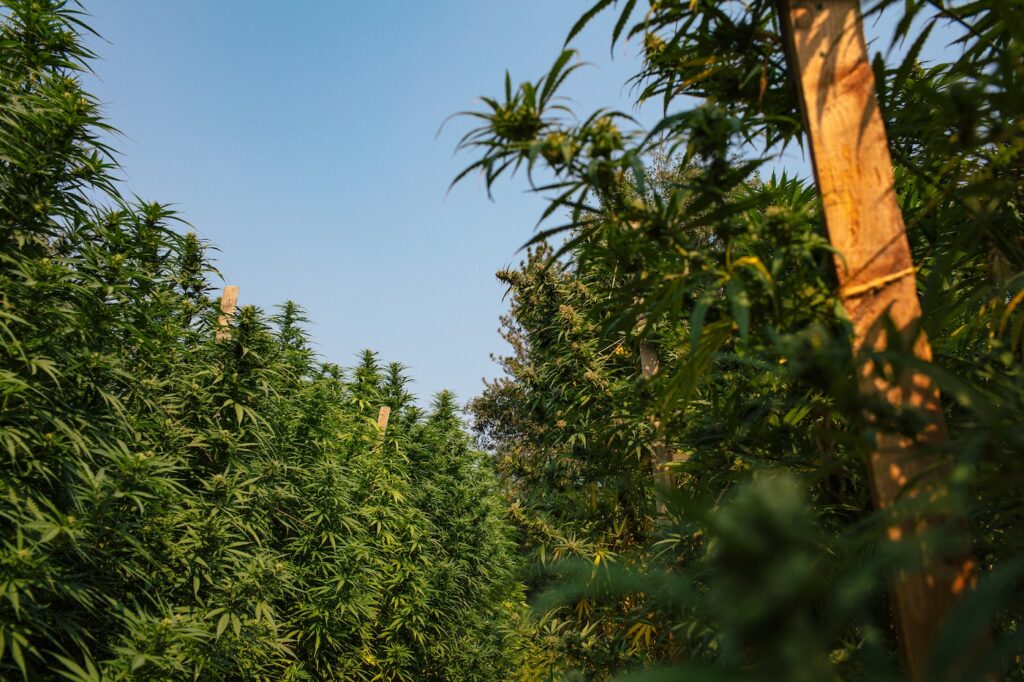
Practice Makes Perfect
To achieve significant cannabis yields and grow like a pro, you need a blend of top-notch genetics, ideal environmental conditions, strategic feeding practices, and comprehensive pest management. For optimal results, focus on training techniques such as LST or topping to enhance productivity. Keep in mind that every growing environment is distinct, so feel free to experiment with various methods to discover what suits your setup and requirements.
Are you ready to take your grow to the next level? Follow our Instagram for daily inspiration!

